Valves are used with hydraulic or pneumatic system to direct and regulate the fluid flow. It is simply a obstacle which control the fluid flow by its full or partial opening. There are many types of mechanical valves which works on mainly three method to operate a valve. These are : Manual operated valve, Hydraulic Operated and last one is pneumatic operated valves. Manual operated valves are fully open or close type valve where we can achieve zero flow or maximum flow. The hydraulic and pneumatic operated valves are control valves by which we can alter the flow to any valve between its limit. The control of hydraulic and pneumatic power systems is carried out by means of control valves. The control requirements are imposed by the functions of the system.
There are basically just two forms of control valve.
- Finite position valve
- Infinite position valve
Finite position:
Finite position valves are one where the action is just to allow or block fluid flow and so can be used to switch the flow actuator on or off.
Infinite position:
The infinite positions valves are able to control flow anywhere between fully on and fully off and so are used to control the varying actuator forces or the rate of fluid flow for a process control situation.
Classification of control valves:
- Directional control valves
- Pressure control valves
- Flow control valves
Directional control valves
Pneumatic and hydraulic system use directional control valves to direct the flow of fluid through a system. They are not intended to vary the rate of flow of the fluid but are either completely open or completely closed. These types of valves are widely used to develop a sequence in control system. It is generally decide the direction of fluid flow. According to the number of direction, these valves are classified like two way valves, three way valves etc. These types of valves usually operated by means of mechanical electrical or fluid pressure signal.
These valves can be classified into following types based on its construction.
1. Poppet Valves:
Poppet valves is a device that is used to control the entrance, exit and the quantity of gas or air-fuel mixture that flow into an internal combustion engine.
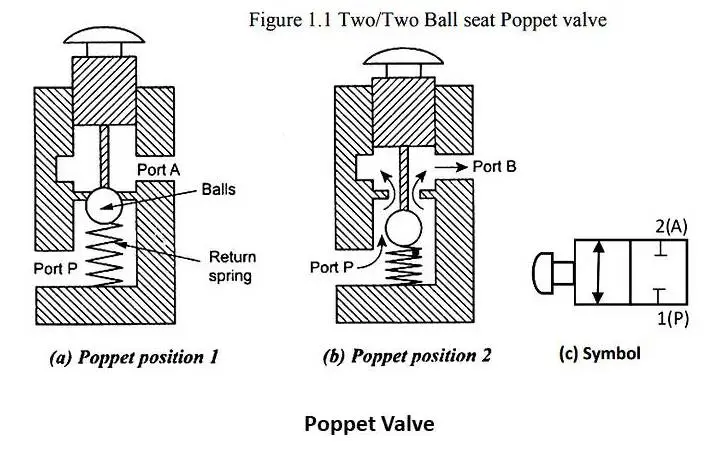
Directional poppet valves are consists of a housing bore in which one or more suitably formed seating elements in the form of the ball, cone are positioned. When the operating pressure increases the valves becomes more tightly seated in the design.
It is used as a check valve to help in halting the flow of HC from the main supply line. It is placed in intake and exhaust ports on the cylinder head of an internal combustion engine.
2. Spool Valves:
A directional spool valve is a switching device being used to control hydraulic devices. It is consist of a cylinder inside the sealed case. Spool valves have led to the pump and the tank on the one side, and valves leading to one or more than one hydraulic devices on the other side.
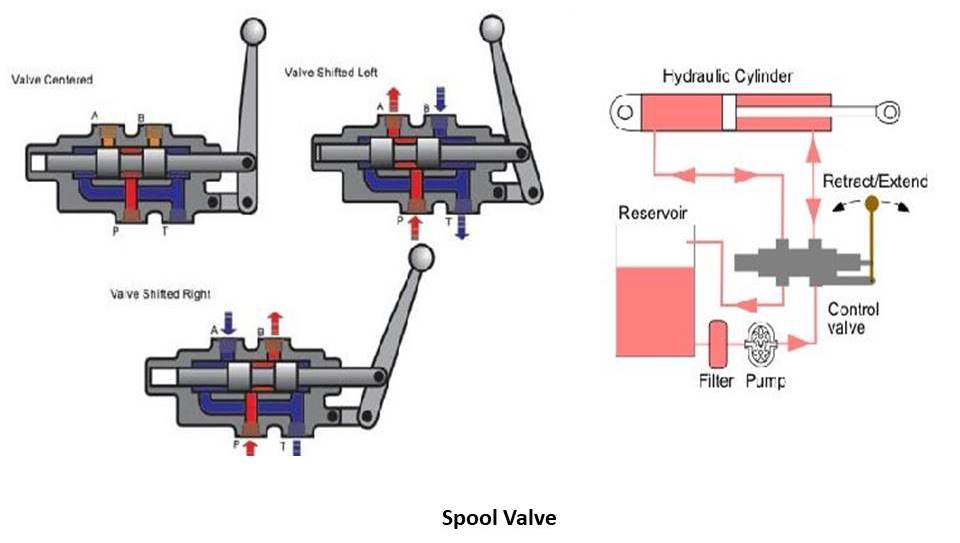
Pressure flow into the valve from the pump into the hydraulic devices or come out of them back into a hydraulic storage tank. A controller is being used to move the valve backwards and forward in its case to slide the spool in the different positions and directions.
It is used in automobile, from automobile power steering to cranes.
Pressure control valves
Pressure control valves are found almost in every hydraulic system, and it helps in many functions, from keeping system pressure safely less than the desired upper limit pressure to maintaining a set pressure in the circuit.
There are mainly two types of pressure control valves.
1. Pressure relief valve:
This type of valve has two ports one of which connects to the pump and the second one is connected to the tank. This pressure valve is consisting of a spring chamber where poppet is placed with spring force. The poppet is held in position by the combined effect of springs force and the dead weight of spool. As the pressure increases or exceeds this combined force, then the poppet again resets as the pressure drop below the preset values.
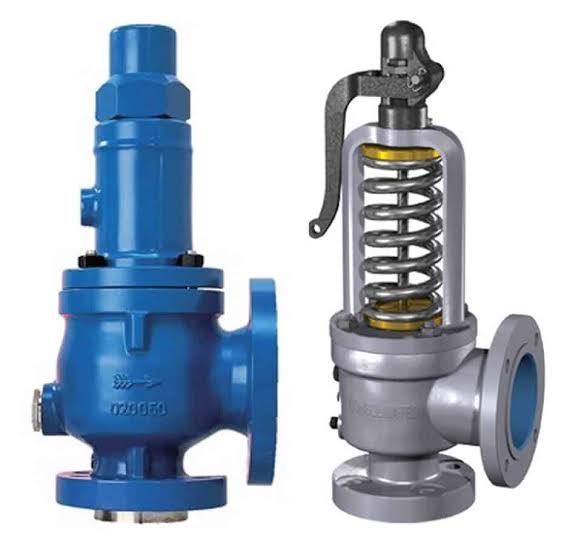
Each and Every hydraulic system has a preset pressure range, and almost all the fluid power systems are designed to work within the preset pressure range. And this pressure range is the functions of the forces the actuator in the system must generate enough power to perform the work. When the system reaches the maximum limit, at this moment it is necessary to release the pressure to do so the relief valve is used to avoid the hazard. This relief valve is the safeguard which limits maximum pressure in the system by diverting excess oil when the system pressure reaches maximum or gets too high.
2. Pressure reduces valve:
The pressure reducing valve uses the spring-loaded spool to control the downstream pressure. If the downstream pressure is below the valve settings, then the fluid flows freely from the inlet to the outlet. There is an internal passageway from the outlet which transmits outlet pressure to the spool end opposite the spring.
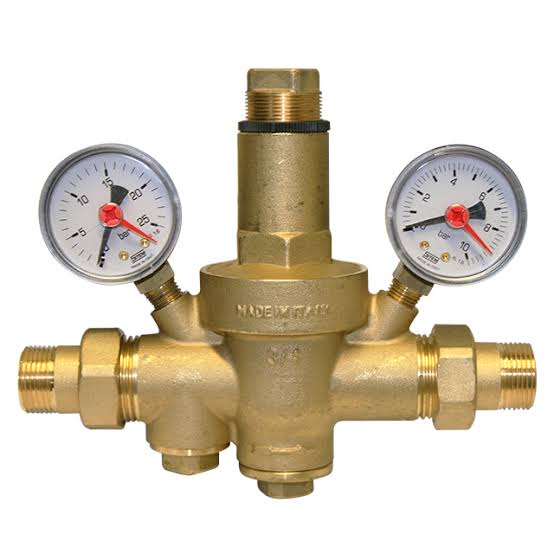
When the outlet pressure increases to the valve settings, the spool moves to the right to partially block the outlet port. Pressure reducing valve is usually used to maintain reduced pressure in the specified location of the hydraulic system. It is actuated by downstream pressure and tends to close as this pressure reaches the valve settings.
Flow control valve
Flow control valve controls the rate of flow of the fluid through a hydraulic circuit. Flow control valve accurately limits the fluid volume rate from a fixed displacement pump to or from branch circuit. Its function is to provide the velocity control of linear actuators, or speed control of rotary actuators.
There are following types of flow control valves
1. Non-pressure compensated:
These types of valve are used when the system pressure is relatively constant and motoring speed is not too high. This types of valves work on the principle that the flow through orifice remains constant if the pressure drop across remains same.
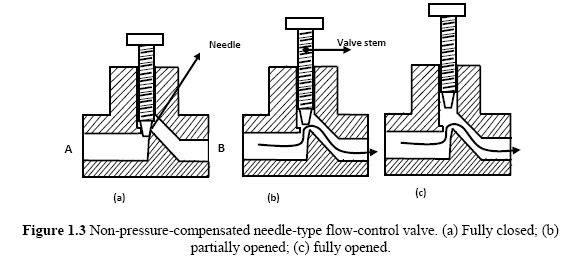
The major disadvantage of this system is that the flow rate depends on the workload. Therefore the speed of the piston cannot be defined accurately using a non-pressure compensated flow control valve when the working load varies.
2. Pressure compensated valves:
This valve is the overcome the difficulty caused by non pressure compensated valves by changing the size of the orifices in relation to the changes in the system pressure. This is achieved by a spring loaded compensatory spool that reduces the size of the orifice when pressure drop increases. Once the valve is set, the pressure compensatory act to keep the pressure drop nearly constant. It works on the kind of feedback mechanism from the outlet pressure. This keeps the flow through the orifice nearly constant.
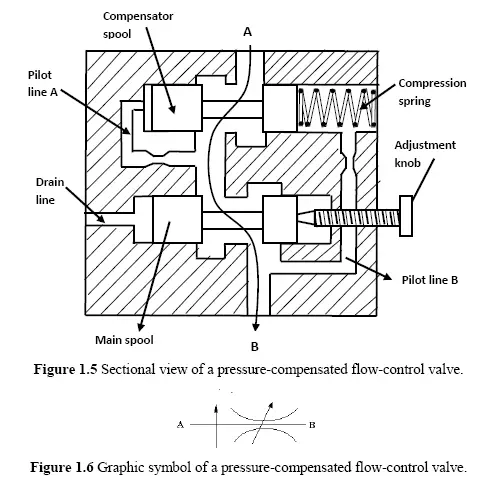
These are all about main types of hydraulic or pneumatic control valves. If you have any query regarding this article, ask by commenting. If you like this article, don’t forget to share it on social networks. Subscribe our website for more informative articles. Thanks for reading it.

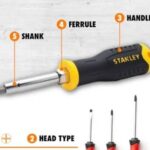

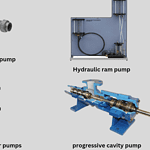
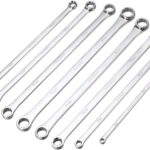
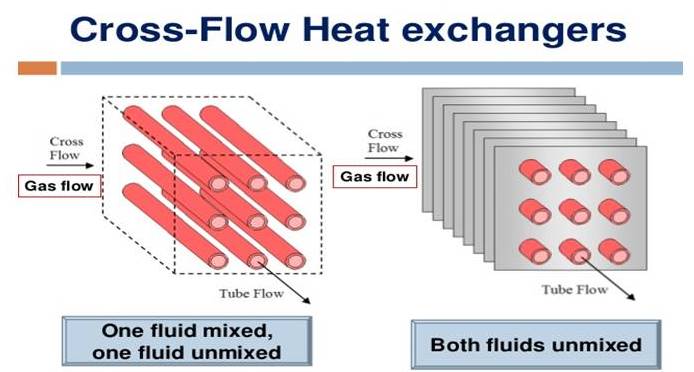
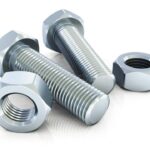
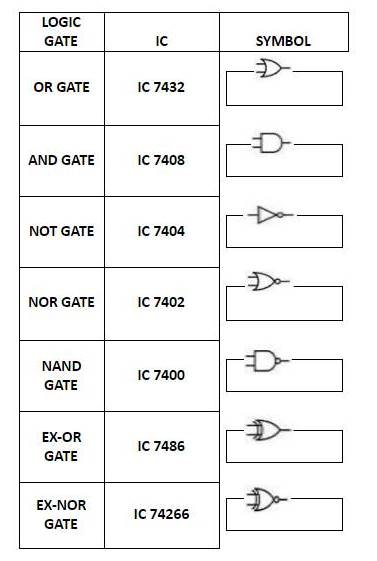

sir plz make more video for mechanical engineers.